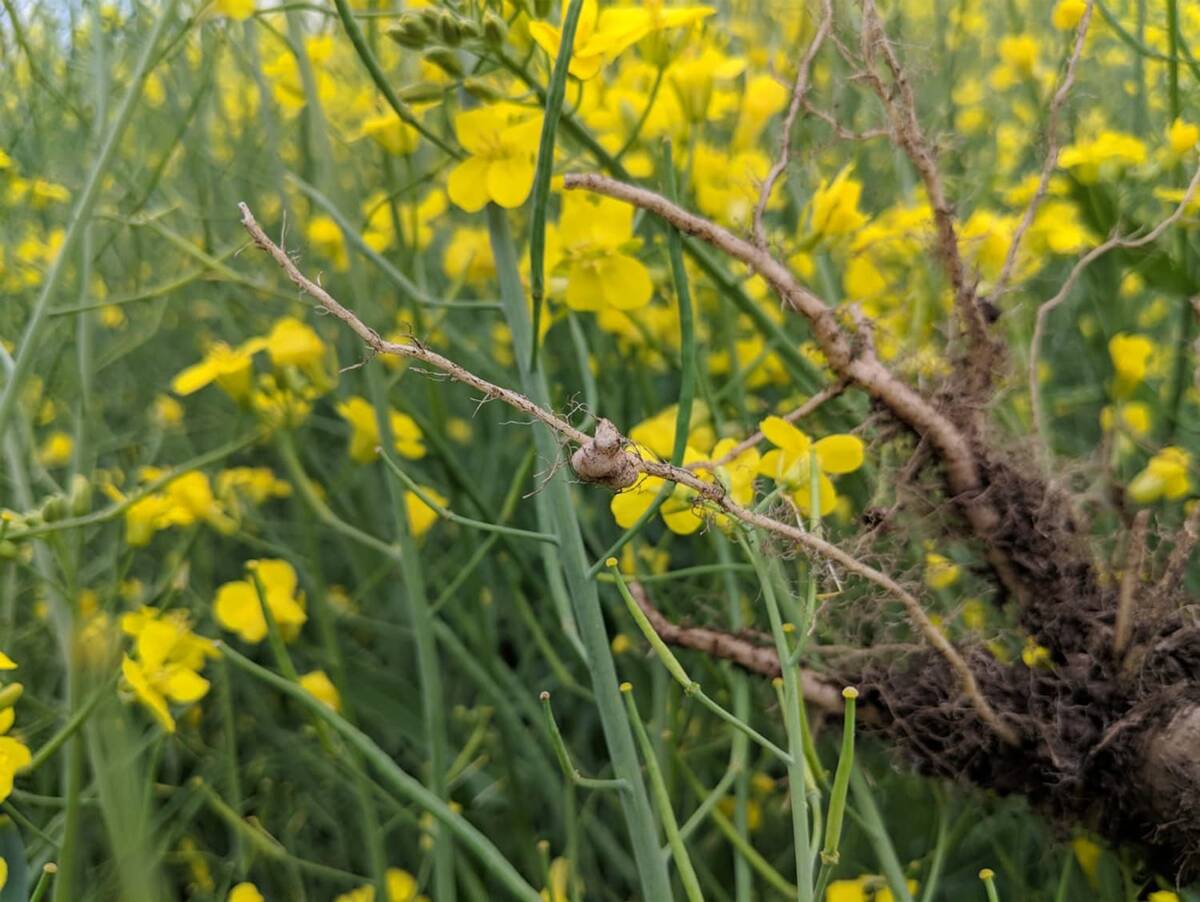JOHANNESBURG, South Africa (Reuters) — South Africa faces a drought-induced corn conundrum about the colour of its staple crop: white, yellow or a mix of the two?
White corn is made into what is known locally as “pap,” the main source of calories for many households. The yellow variety is used almost exclusively as animal feed.
However, a shortage of white corn looms after South Africa experienced its driest year on record last year. Prices for both have soared to record highs, but yellow corn remains cheaper and can be imported from a variety of countries, unlike the white.
Read Also

Going beyond “Resistant” on crop seed labels
Variety resistance is getting more specific on crop disease pathogens, but that information must be conveyed in a way that actually helps producers make rotation decisions.
People in the outside world, many of whom happily eat yellow corn, may wonder what the fuss is all about. Italians consider their yellow corn version, polenta, a bit of a delicacy.
However, South Africans have a cultural aversion to eating a food they consider fit only for livestock, despite its nutritional merits.
“I would eat something else. I won’t eat yellow pap,” said 58-year-old taxi driver Elliot Ngindi as he stood by a street vendor in Johannesburg’s financial district of Sandton, where several women cooked huge pots of pap.
Consumers will probably have to hold their noses and choke down yellow pap or a mix of the two because South Africa may need to import up to six million tonnes of corn this year, which is more than half its requirements.
Industry sources say food prices may increase 20 percent or more this year, putting significant upward pressure on overall inflation, which accelerated to 5.2 percent in December from 4.8 percent in November.















